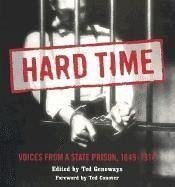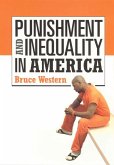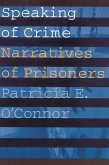Penitentiary stripes, days in "the hole, " contraband knives, murder, sex, suicide, and the daily reality of "diabolical, penal servitude" -- prisons of the nineteenth and early twentieth centuries were dangerous, sometimes deadly, stone fortresses bent on exacting punishment and penance from their inmates. When it was founded, the old State Prison at Stillwater, Minnesota -- the facility where "incorrigibles" were sent to do "hard time" -- was no different, but over the course of sixty-five years it became one of the most respected prisons in the nation. Featuring more than one hundred historic photographs of inmates, guards, and wardens, as well as dozens of stories by the men and women who lived behind bars, Hard Time stunningly recreates the feel of the era and the slow evolution from the dark days of the territorial period to the progressive years at the turn of the century. From its planning in the mid-nineteenth century to its closing in 1914, the prison witnessed the capture and imprisonment of the Younger gang in 1876; the prison fire of 1884; the daring escape of Frank P. Landers and Oscar J. Carlon in 1887; the twine shop insurrection of 1899; and the manhunt for escaped convicts Peter Juhl and Jerry McCarty in 1911. Its history is packed with such peculiar characters as "Bull Beef" Webber, the warden who allowed murderers to embark on hunting trips and an incarcerated prostitute to work out of the prison hospital; Charles Price, a convicted murderer who became famous for his prison greenhouse; and John Carter, the convicted thief-turned-poet who won his freedom with his verse. Their haunting words and the stark images reveal the fascinating subculture that emerged fromdays counted out in confinement.








